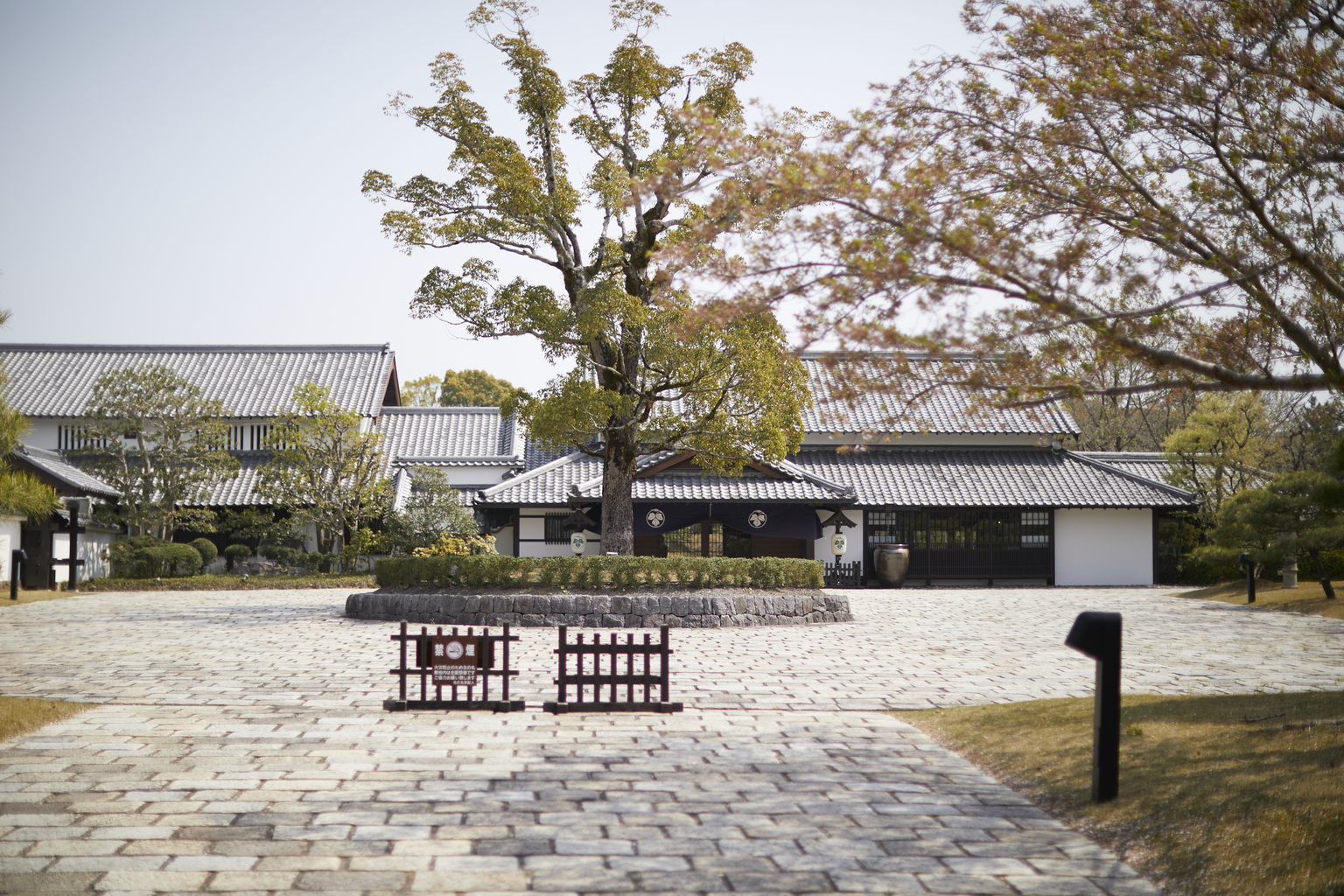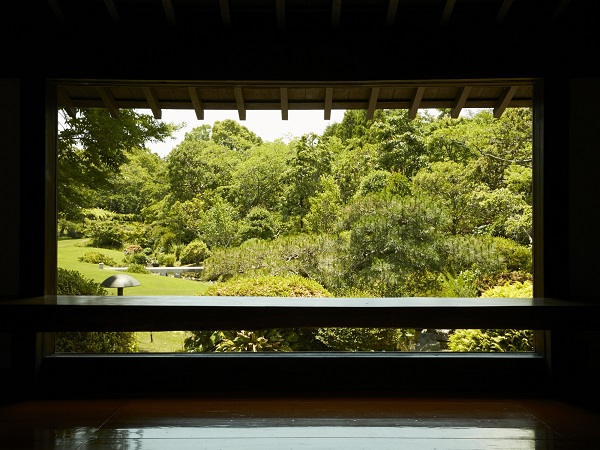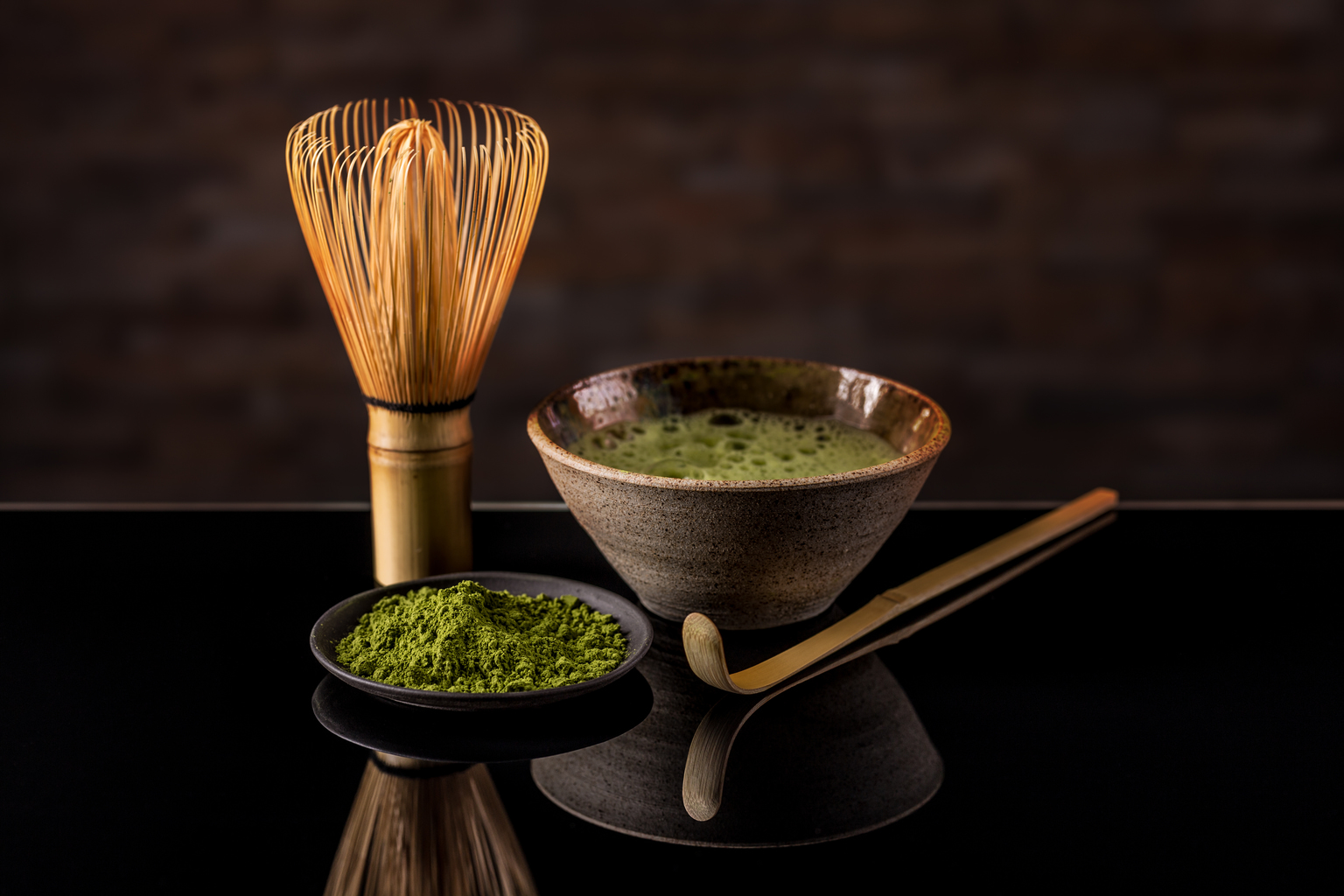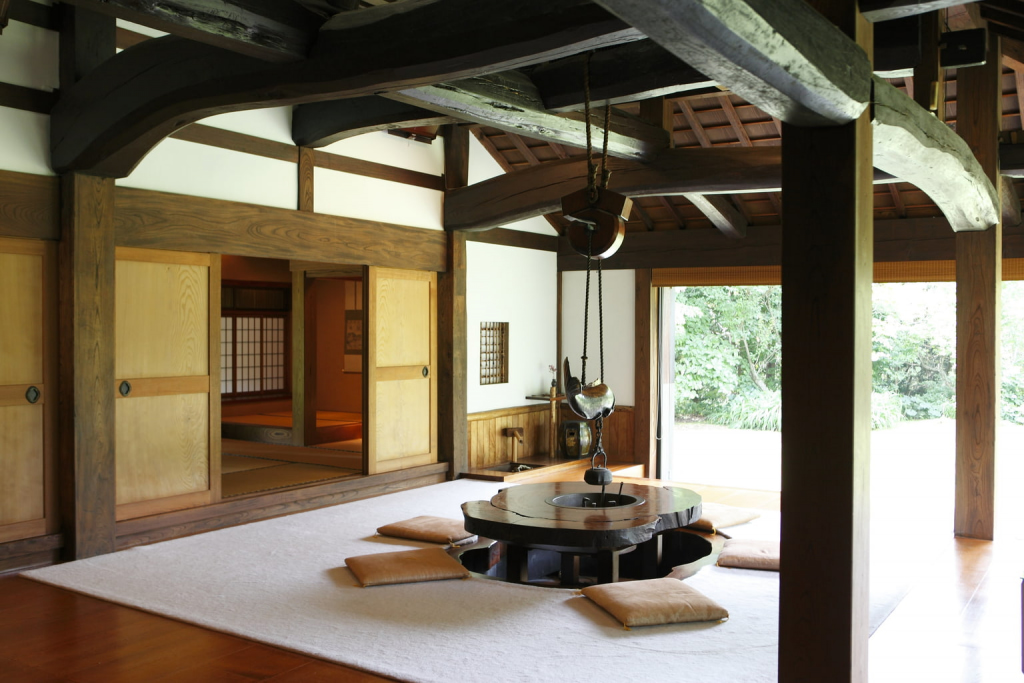It was the first time we’d sat in an outdoor Japanese bath while it rained. But considering where we were – tucked away in the jungle-like mountains of western Shizuoka – it felt apt to be so immersed in every element of nature. Even the resident spindly spiders and their woven webs weren’t bothering us. As we soaked in the steaming water, enjoying the contrast of the cold rain droplets on our faces, we imagined what life must have been like in Japan 100 or 200 years ago.
One of the best things about spending a few nights in the castle-like Katsuragi Kitanomaru is that by the time you leave, you do in fact have a feeling of what it might have been like – from the traditional architecture and décor (much of which has been recycled) to the local cuisine and culture. However, staying at the Yamaha-owned resort will not only take you back in time, but also offer the best in contemporary luxury accommodation and leisure activities – ensuring you get a taste for both old and new Japan.

To reach the very grand entrance to Katsuragi Kitanomaru, we first had the pleasure of driving up a long winding road offering expansive views over the city and rolling mountains in the distance. In springtime, the road is gloriously lined with pink cherry blossoms. As the free shuttle bus, which had collected us from Kakegawa Station, slowed down to pass through the main gates, the first thing to attract our attention was the Kakusho-mon Gate. Surrounded by a moat, this impressive structure is modeled on the “old samurai residence gate” of an Edo-era local governor’s house that still stands in Kikugawa city. The paving stones leading up to the gate were once used for streetcar tracks, and the tsuji-andon (outdoor lantern) is made from an Edo-era paper shade.
Circling around the gate, we came to a slow stop outside the hotel’s main building, called Tsubakidono. The resort, which celebrates its 40th anniversary this year, was created by repurposing seven 200-year-old country homes from the Hokuriku region, with Tsubakidono being the largest. When you walk through the heavy wooden doors, the space opens up dramatically. High ceilings feature huge pine beams, which are assembled exactly as they used to be in the original home – only wedges (no nails) are used for fixing the beams. Directly ahead, our eyes were automatically drawn to a large rectangular window which invites in the verdant green of the perfectly manicured garden (look out for the grass-cutting automower, fondly nicknamed Shibakari-kun).

Throughout the hotel, it’s details like these that give you a strong sense of history blended with modernity. An old pine tree that fell after being struck by lightning has been fashioned into a bar counter in the lobby lounge. Another collapsed pine tree now serves as the banister for a staircase leading to the guest rooms. If you choose to stay in one of the Japanese-style suites (there are also Western-style rooms available), you’ll feel as though you are indeed living inside one of the original country homes – the layout is preserved to include a central living area, complete with sunken hearth, that leads off onto several bedrooms featuring tatami flooring and futon bedding.
Dinner offers yet another opportunity to experience Japanese traditions at their finest. After taking a seat at the hotel’s restaurant, which looks out onto the garden and its summer swimming pool, we were treated to one of the most delicious kaiseki (traditional multicourse) meals we’ve ever eaten. Five courses of tiny mouthwatering delicacies arrived one after the other, each dish more indulgent than the last. Between the grilled spiny lobster, the melt-in-your-mouth tuna sashimi, and the Shizuoka beef – to name just a few ingredients – it was almost impossible to choose a favorite item. However, in the end, it was the delicately grilled wagyu dipped in red wine and soy sauce that won us over.

As all evenings in Japan should end, we savored the last few hours of our time at this modern castle by languishing in one of three public baths. Although not created with hot spring water, the beautifully designed baths of Katsuragi Kitanomaru were just as soothing and rejuvenating as any Japanese onsen. Especially when you happen to be soaking outdoors just as the heavens decide to open.
Three More Reasons to Visit…
They Have Not One But Two Golf Courses
One of the most popular draws of Katsuragi Kitanomaru is the fact that all guests have access (for an extra fee) to two 18-hole golf courses. The Katsuragi Golf Club was built two years before the hotel and designed by master craftsman Inoue Seiti.

Discover the Region’s Famed Green Tea
Shizuoka is famed for being one of Japan’s top green tea-producing regions. As you explore Fukuroi, the town surrounding Katsuragi Kitanomaru, you’ll spot plenty of green tea plantations amongst the houses. To experience tea picking or a tea ceremony, visit the “tea land” of Chapia.

Learn How to Make a Piano
Owned by Yamaha, which has its headquarters in the neighboring town of Hamamatsu, the resort is just a 20-minute drive from one of the company’s piano-making factories. Musical types will relish the chance to go on a factory tour (English tours require reservation) and learn the painstaking process of piecing together a grand piano.
For Katsuragi Kitanomaru map and contact details, see our Concierge listing.
Sponsored Post










